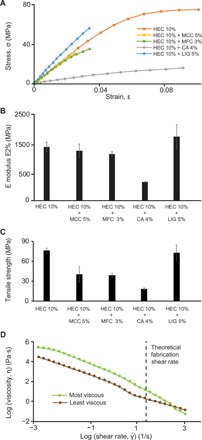Fig. 3. Modulation of the printing material’s mechanical and rheological properties.

(A) A stress-strain plot showing the mechanical behavior of the base HEC material (10 wt %) as well as with various amounts of different constituent additives (denoted after the additive abbreviation as in table S1). The weight concentration of each additive was selected by maximizing the additive concentration while still ensuring printability of the solution and testability of the samples. (B) A plot comparing the E modulus of the base material and the various modified solutions. Error bars show SDs of three samples. These test results show that CA and lignin had the most impact on stiffness and could be used in the production of stiffness gradients. (C) A plot comparing the tensile modulus of the base material and the modified solutions. Error bars show SDs of three samples. (D) A plot demonstrating the shear thinning properties of the most and the least viscous solutions that can be printed. The calculated shear rate of 28.7 s−1 that the printing solutions experience during extrusion is marked by a dotted line.
